Smartphones have become an essential tool for communication, work, entertainment and navigation. With such heavy usage battery life has become a critical factor in our daily productivity. The evolution from 5W chargers to today’s high powered charging solutions is one of the biggest improvements in mobile technology. Knowing how to leverage these advancements can change your relationship with your Android device.
The smartphone industry has seen remarkable growth in charging technology over the last decade. What once took overnight charging can now be done in under an hour with the right equipment. This has been driven by advancements in battery chemistry, power management systems and charging protocols that prioritize both speed and safety.
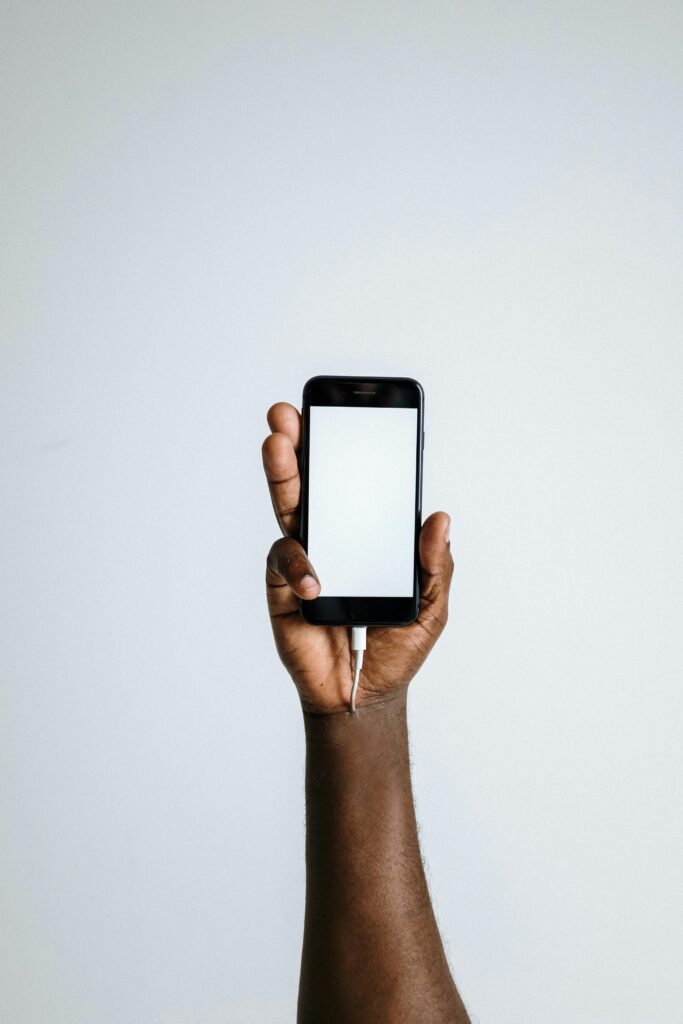
Understanding Fast Charging Technology for Android
Fast charging has changed the way we power our Android devices. Unlike the old 5W chargers that came with older phones modern fast charger for android devices can deliver 18W, 25W, 65W or even 120W of power and reduce charging time. The key to fast charging is to increase either voltage, current or both and do it safely.
The physics behind fast charging is Ohm’s law (P = V × I) where power equals voltage multiplied by current. By increasing either voltage or current while maintaining safety standards manufacturers can deliver more power to your device. But this requires sophisticated battery management systems to prevent overheating, overcharging and other potential hazards.
Android devices support various fast charging standards including Qualcomm Quick Charge, USB Power Delivery (PD), OnePlus Warp Charge, Samsung Adaptive Fast Charging and proprietary solutions from manufacturers like Xiaomi and OPPO. Knowing which standard your device supports is crucial for selecting the right charging solution.
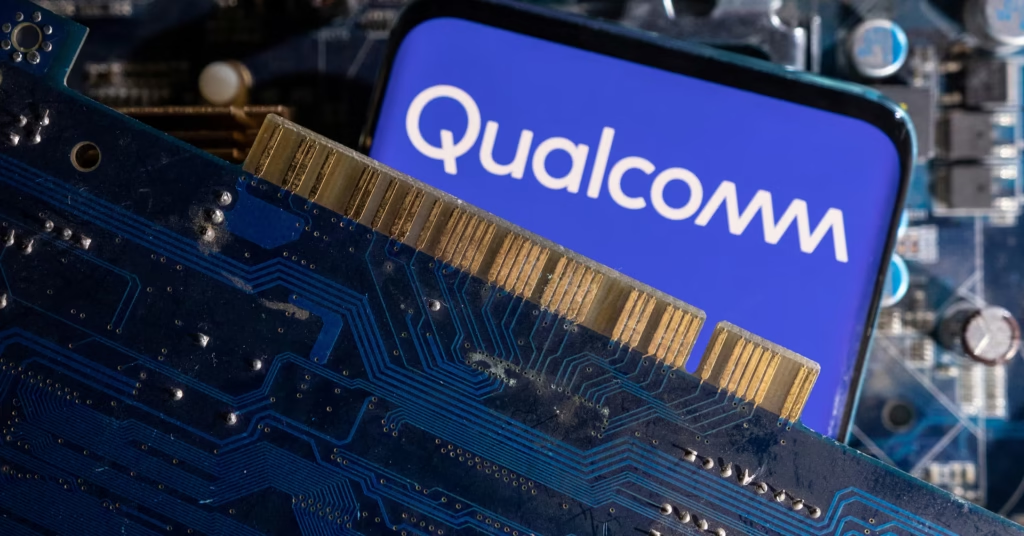
Quick Charge Technology Evolution:
-
- Quick Charge 1.0: Up to 10W (5V/2A) – 75% faster than standard charging* Quick Charge 2.0: Up to 18W (9V/2A or 12V/1.5A) – Up to 75% faster than QC 1.0
-
- Quick Charge 3.0: Up to 18W with improved efficiency and 200mV increments
-
- Quick Charge 4.0: Up to 28W with USB PD compatibility and improved safety
-
- Quick Charge 5.0: Up to 100W with advanced safety features and temperature control
USB Power Delivery Standards: USB Power Delivery has become the universal standard for fast charging, supporting power levels from 15W to 100W. This standard allows for bidirectional power flow and intelligent negotiation between charger and device, ensuring optimal charging speeds while maintaining safety. The protocol supports multiple voltage levels (5V, 9V, 15V, 20V) and can dynamically adjust power delivery based on device requirements.
Battery Chemistry and Fast Charging: Modern Android devices use lithium-ion or lithium-polymer batteries which support fast charging through controlled current and voltage increases. These batteries have multiple cells that can be charged simultaneously, sophisticated thermal management systems and advanced battery management units (BMUs) that monitor charging conditions in real-time.
Fast charging is more than just convenience. With the right fast charger you can get hours of usage from just 15-30 minutes of charging, perfect for busy lifestyles. But fast charging also generates heat, that’s why quality chargers have temperature management features to protect your device’s battery longevity.
Heat Management in Fast Charging: Heat is the biggest enemy of battery longevity and charging safety. Modern fast chargers have several heat management strategies:
-
- Dynamic thermal throttling that reduces power when temperatures rise
-
- Advanced heat dissipation materials in charger construction
-
- Intelligent charging algorithms that adjust power delivery based on battery temperature
-
- Cooling systems in premium chargers for sustained high-power delivery
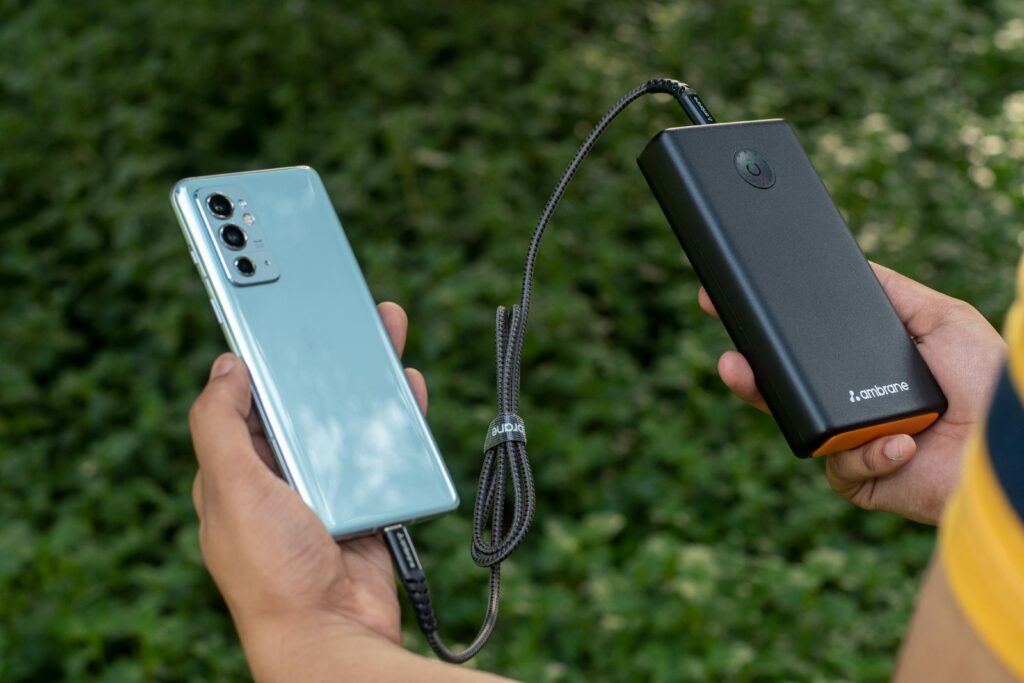
Fast Charging Cables for Android
Fast Charging Cable for Android: What Makes the Difference
Not all cables are created equal when it comes to fast charging. A quality fast charging cable for android must support higher power delivery while maintaining stable connections. The cable’s gauge, materials, and connector quality all impact charging performance.
The internal construction of a fast charging cable includes multiple conductors: power wires (typically 18-20 AWG for high current), data wires (28 AWG), and sometimes additional wires for advanced protocols. The quality of these conductors directly affects charging efficiency and safety.
Wire Gauge and Current Capacity:
-
- 28 AWG: Up to 0.5A (standard data cables)
-
- 24 AWG: Up to 2A (basic charging)
-
- 20 AWG: Up to 3A (fast charging)
-
- 18 AWG: Up to 5A (high-power charging)
Cable Construction Materials: Premium fast charging cable for android have oxygen-free copper conductors, gold-plated connectors and advanced insulation materials. These materials reduce resistance, improve conductivity and ensure long-term reliability under high-power conditions.d insulation materials. These materials reduce resistance, improve conductivity, and ensure long-term reliability under high-power conditions.
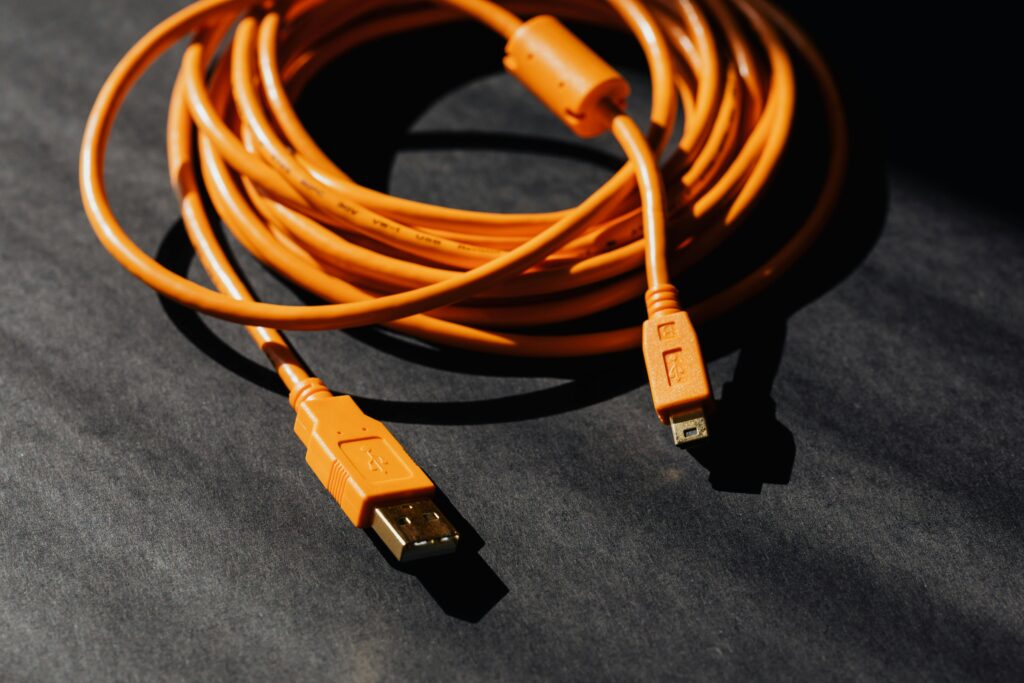
USB-C Fast Charging Cables
Most modern Android phones use USB-C ports and require a fast charging cord for android that supports the latest power delivery standards. Look for cables rated for at least 60W power delivery, some premium options support up to 100W for laptop-grade charging speeds.
USB-C cables come in different specifications:
-
- USB 2.0: Basic data transfer (480 Mbps), up to 60W power
-
- USB 3.1: Faster data transfer (10 Gbps), up to 100W power
-
- USB 3.2: Enhanced performance (20 Gbps), up to 100W power
-
- USB4: Latest standard (40 Gbps), up to 100W power with improved efficiency
When choosing a USB-C cable verify that it supports the specific power delivery profile your device requires. Some Android phones need 9V/3A profiles, others require 20V/5A for maximum charging speed.
USB-C Cable Certification: Always choose USB-C cables with proper USB-IF certification. Certified cables undergo rigorous testing for electrical safety, power delivery accuracy and durability. Non-certified cables may damage your device, deliver inconsistent power or pose safety risks.
Micro-USB Fast Charging Options
While less common in newer devices, many budget Android phones still use micro-USB ports. Finding a good fast charger cord for android devices with micro-USB requires careful attention to amperage ratings and build quality.Micro-USB fast charging typically maxes out at 18W (9V/2A) due to connector limitations. However, some proprietary implementations like OnePlus Dash Charge achieve higher power levels through specialized cable designs and connector modifications.
Micro-USB Limitations:
-
- Maximum standard power: 18W
-
- Connector durability concerns with repeated use
-
- Limited support for modern fast charging protocols
-
- Potential for connector damage with high-current applications
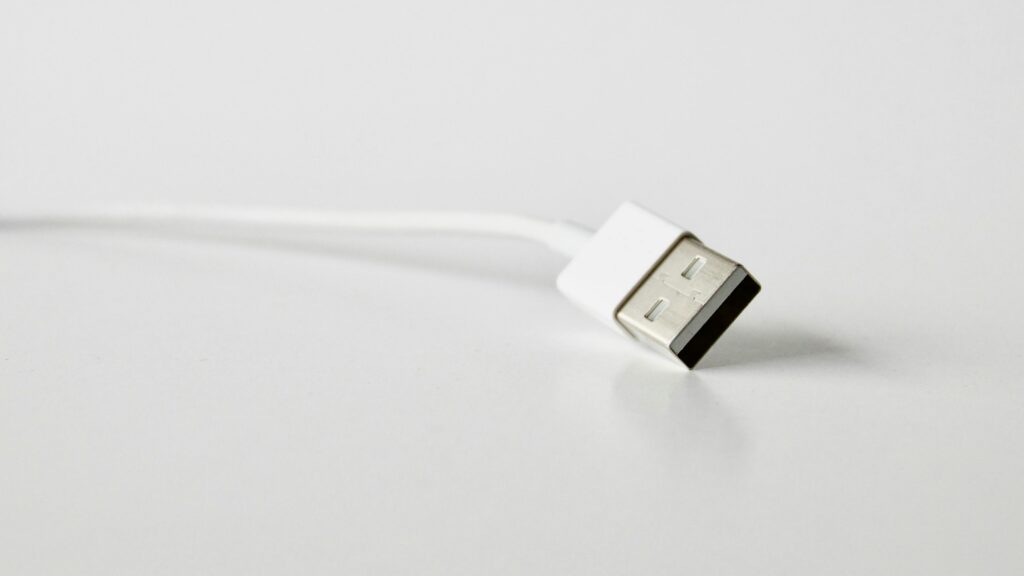
Cable Length and Durability Considerations
The fast charging cord for android phone you choose should balance convenience with performance. Longer cables offer flexibility but may reduce charging efficiency slightly due to increased resistance. Premium cables feature reinforced connectors, braided designs and lifetime warranties for long-term reliability.
Optimal Cable Lengths:
-
- 3 feet (1 meter): Maximum efficiency, minimal voltage drop
-
- 6 feet (2 meters): Good balance of convenience and performance
-
- 10 feet (3 meters): Maximum flexibility with slight efficiency reduction
Durability Features:
-
- Reinforced strain relief at connector points
-
- Braided or woven exterior for tangle resistance
-
- Flexible yet robust connector housings
-
- High-quality materials that resist wear and environmental damage
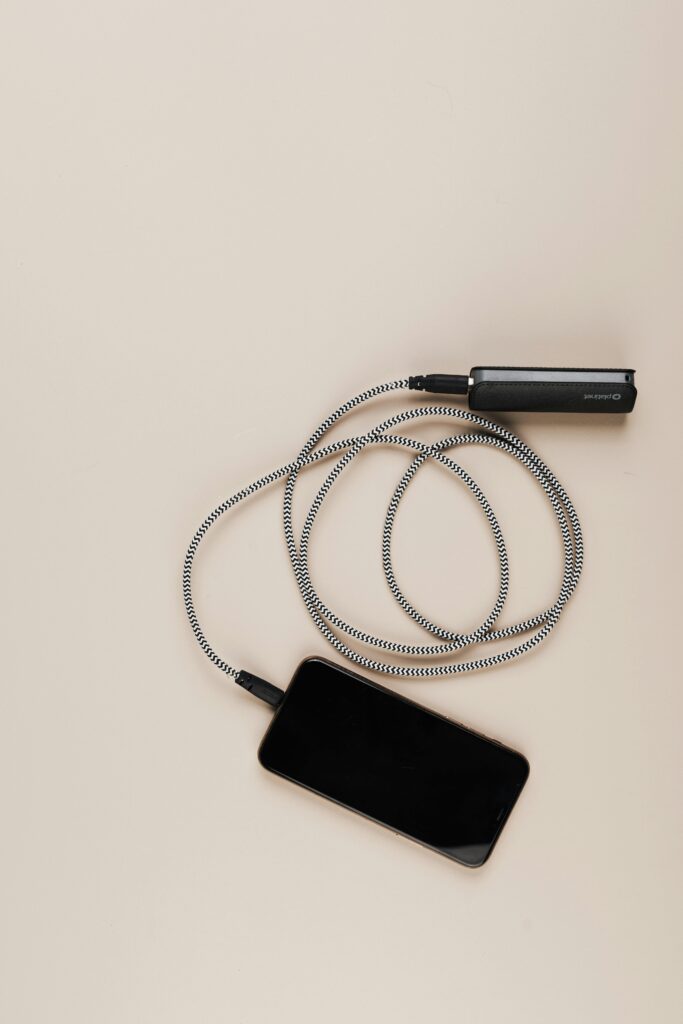
Best Fast Charger Cable for Android: Top Recommendations
Premium Cable Options
The best fast charger cable for android devices typically come from established brands that invest in quality materials and rigorous testing. These cables often feature:
-
- High-grade copper conductors for optimal power transfer
-
- Durable connectors with gold-plated contacts
-
- Advanced heat dissipation materials
-
- Support for the latest charging protocols
-
- Tangle-resistant designs for everyday use
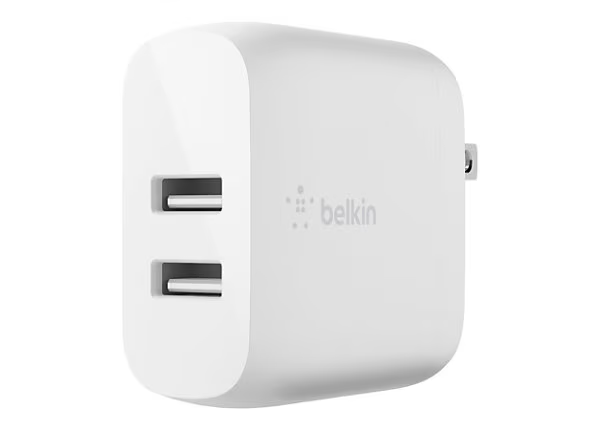
Top Premium Cable Brands:
-
- Anker PowerLine: Known for durability and lifetime warranties
-
- Belkin: Premium materials and Apple/Google certification
-
- Cable Matters: Professional-grade construction and specifications
-
- UGREEN: Excellent value with premium features
-
- Aukey: Reliable performance with competitive pricing
Budget-Friendly Alternatives
You don’t always need to spend premium prices for effective fast charging. Many affordable cables offer excellent performance when they meet proper specifications for power delivery and data transfer rates.
Budget Cable Considerations:
-
- Verify power delivery specifications match your device requirements
-
- Look for basic safety certifications (CE, FCC)
-
- Read user reviews for real-world performance feedback
-
- Consider warranty terms and return policies
-
- Check for proper connector fit and build quality
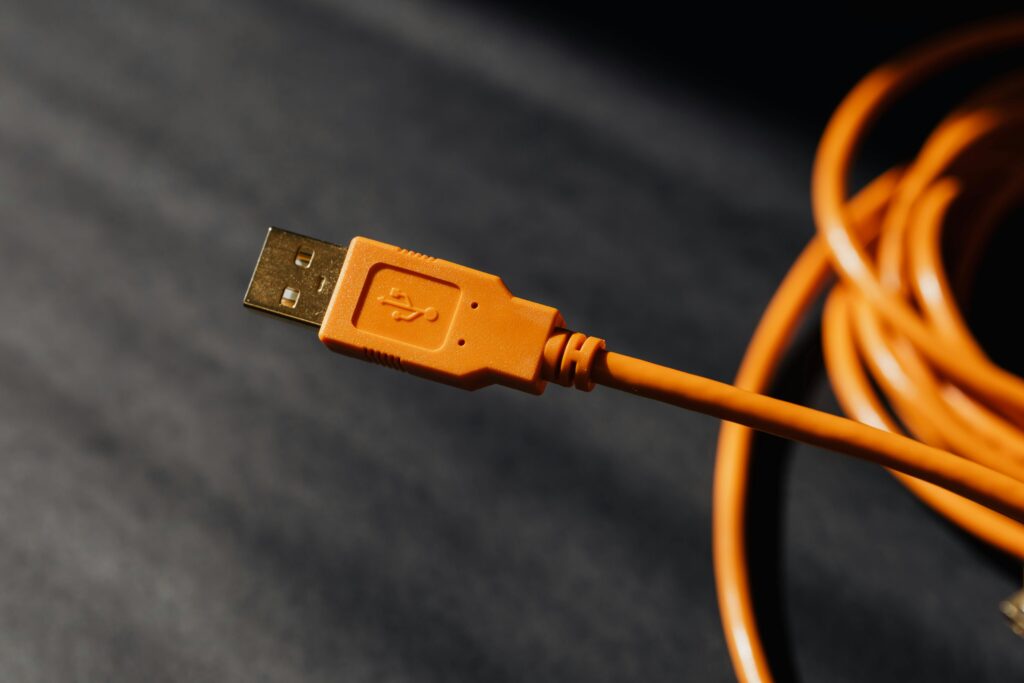
Cable Certification and Safety
Always choose certified cables that meet USB-IF standards. Uncertified cables can damage your device, pose safety risks, or fail to deliver advertised charging speeds. Look for cables with proper certifications clearly marked on packaging.
Important Safety Certifications:
-
- USB-IF Certification: Meets USB standards
-
- CE Marking: European safety compliance
-
- FCC Certification: US electromagnetic compatibility
-
- RoHS Compliance: Restriction of hazardous substances
-
- UL Listing: Independent safety testing verification
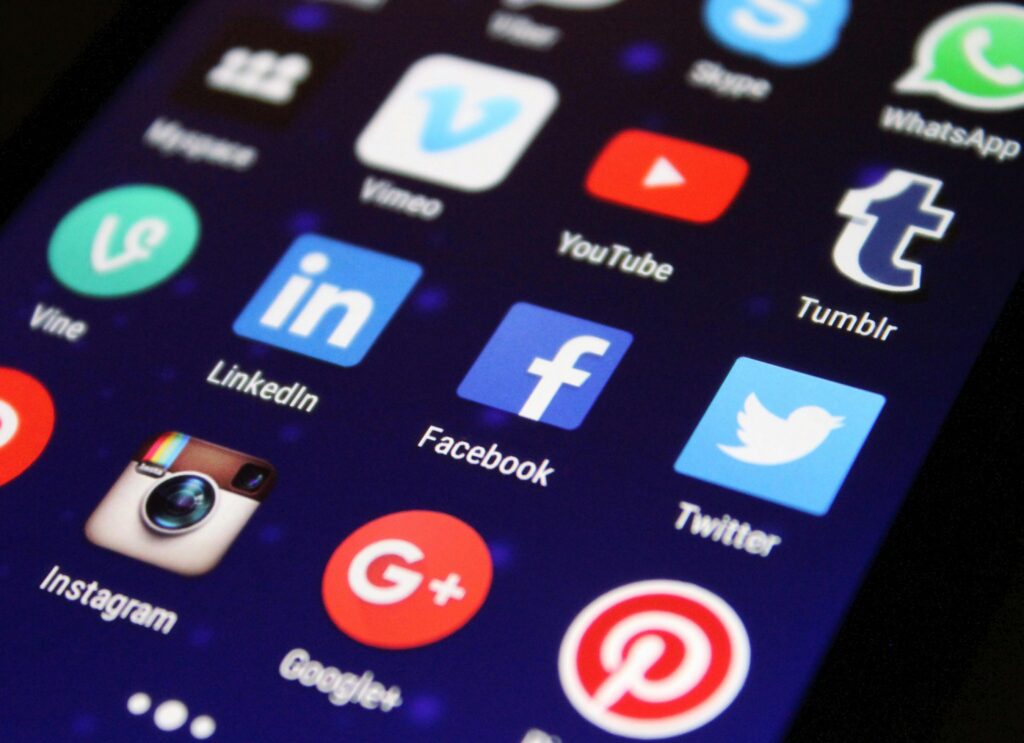
Fast Charging Apps for Android
Fast Charging App for Android: Do They Really Work?
The concept of a fast charging app for android is often misunderstood. While no app can physically increase your charger’s power output, several applications can optimize your device’s charging process by managing background activities, reducing power consumption and monitoring charging health.
How Charging Apps Actually Work: These applications optimize the charging environment by reducing power consumption, managing system resources and monitoring charging parameters. They can’t increase the physical power output of your charger but can help your device charge more efficiently by reducing competing power demands.
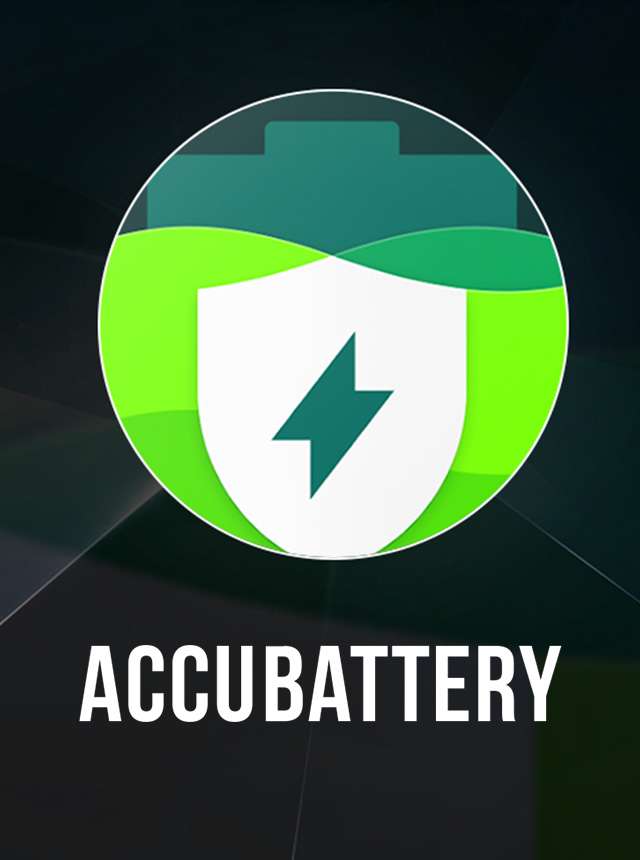
Battery Optimization Apps
These apps work by closing unnecessary background processes, dimming the screen and temporarily disabling features like Wi-Fi, Bluetooth and mobile data during charging. By reducing power consumption your device can charge more efficiently with any charger.
Key Features of Battery Optimization Apps:
-
- Automatic background app management during charging
-
- Screen brightness optimization for charging sessions
-
- Network connectivity management to reduce power draw
-
- CPU throttling to minimize heat generation
-
- Real-time power consumption monitoring
Popular Battery Optimization Apps:
-
- AccuBattery: Detailed battery health monitoring and charging optimization
-
- Battery Doctor: Comprehensive battery management and optimization
-
- Greenify: Hibernate apps to reduce background power consumption
-
- Power Clean: System optimization with charging enhancement features
-
- DU Battery Saver: All-in-one battery management solution
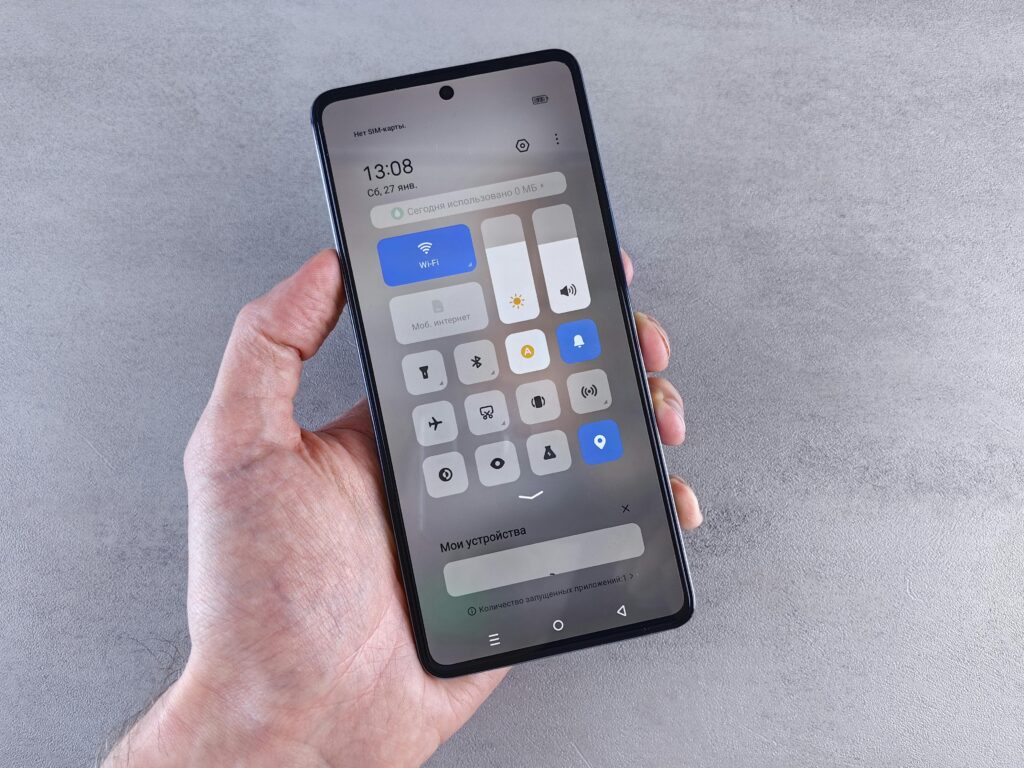
Charging Monitoring Applications
Advanced charging apps provide detailed information about charging speeds, battery temperature, and charging cycles. This data helps you identify when your charging setup isn’t performing optimally and when it might be time to replace cables or chargers.
Monitoring App Features:
-
- Real-time charging speed measurement
-
- Battery temperature monitoring
-
- Charging cycle counting and analysis
-
- Power consumption tracking by app
-
- Historical charging data and trends
-
- Charging efficiency calculations
-
- Alert systems for charging anomalies
Automated Charging Profiles
Some fast charging app for android solutions create custom charging profiles that automatically adjust device settings when charging begins. These profiles can significantly reduce charging times by minimizing power consumption during the charging process.
Automated Profile Features:
-
- Automatic activation when charging begins
-
- Customizable power-saving settings
-
- Scheduled charging optimization
-
- Location-based charging profiles
-
- Integration with system power management
-
- Reversible settings when charging completes

Car Charging Solutions for Android
Fast Charger for Android Car: On-the-Go Power
A reliable fast charger for android car is essential for modern drivers who depend on their phones for navigation, communication, and entertainment. Car chargers face unique challenges including voltage fluctuations, temperature extremes, and limited space.
Automotive Charging Challenges:
-
- Vehicle electrical system variations (12V/24V)
-
- Temperature extremes in vehicle interiors
-
- Limited installation space and accessibility
-
- Vibration and mechanical stress
-
- Electromagnetic interference from vehicle systems
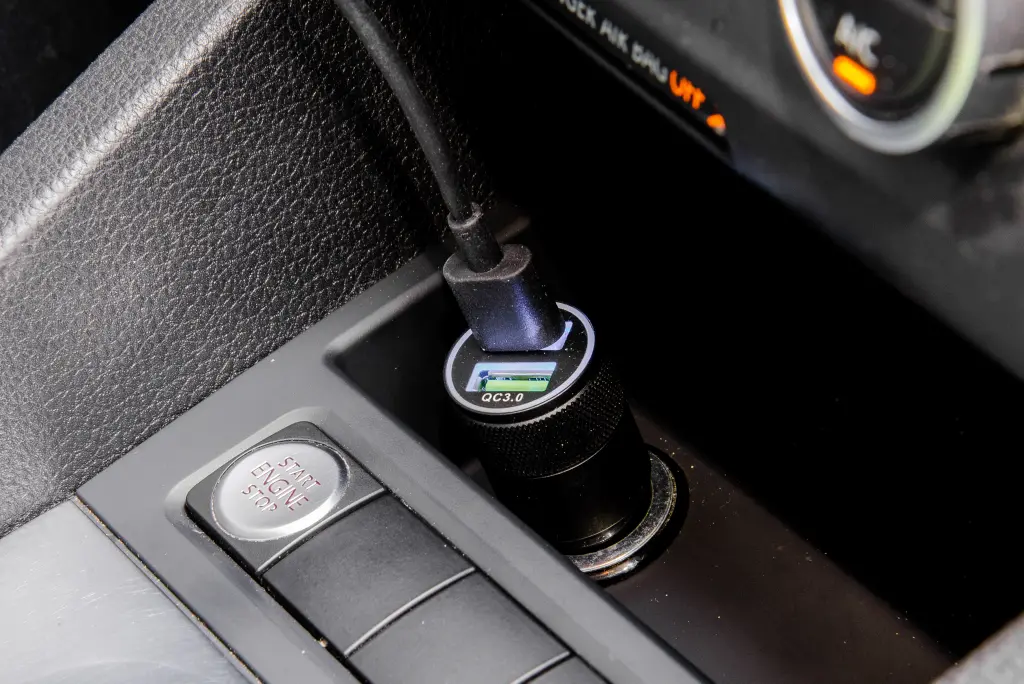
Car Charger Types:
-
- Cigarette Lighter Adapters: Most common, plug into 12V socket
-
- Hardwired Chargers: Permanently installed, cleaner appearance
-
- Wireless Charging Pads: Built into vehicle or aftermarket installation
-
- USB Port Retrofits: Integrated into vehicle’s existing USB system
Dual-Port Car Chargers
Modern car chargers often feature multiple ports, allowing you to charge your Android device alongside other electronics. Look for chargers with at least one USB-C PD port and one USB-A Quick Charge port for maximum versatility.
Multi-Port Advantages:
-
- Charge multiple devices simultaneously
-
- Support different charging protocols
-
- Reduce need for multiple chargers
-
- Accommodate passenger charging needs
-
- Future-proof for new devices
Port Configuration Options:
-
- USB-C PD + USB-A QC: Most versatile combination
-
- Dual USB-C: Future-focused design
-
- Triple Port: Maximum device support
-
- Wireless + Wired: Hybrid charging solutions
Read more on Power Bank on Plane here.

Super Fast Car Charger for Android: Maximum Performance
A super fast car charger for android typically delivers 30W or more of power, enabling charging speeds comparable to wall chargers. These premium car chargers often include:
-
- Advanced temperature management systems
-
- LED indicators showing charging status
-
- Compact designs that don’t obstruct other controls
-
- Built-in safety features preventing overcharging
-
- Support for multiple fast charging protocols
High-Power Car Charger Features:
-
- 45W+ power delivery capabilities
-
- Gallium Nitride (GaN) technology for efficiency
-
- Multiple device fast charging simultaneously
-
- Intelligent power distribution
-
- Overheating protection systems
-
- Voltage regulation for vehicle compatibility
Installation Considerations:
-
- Verify vehicle’s electrical system capacity
-
- Consider professional installation for hardwired units
-
- Ensure proper ventilation for heat dissipation
-
- Check compatibility with vehicle’s charging requirements
-
- Plan cable routing for clean installation
Installation and Safety Considerations
Proper installation of your car charger ensures optimal performance and safety. Avoid chargers that become excessively hot during use, and always purchase from reputable manufacturers that include proper safety certifications.
Safety Features to Look For:
-
- Overcurrent protection
-
- Overvoltage protection
-
- Temperature monitoring
-
- Short circuit protection
-
- Surge protection
-
- Foreign object detection (for wireless chargers)
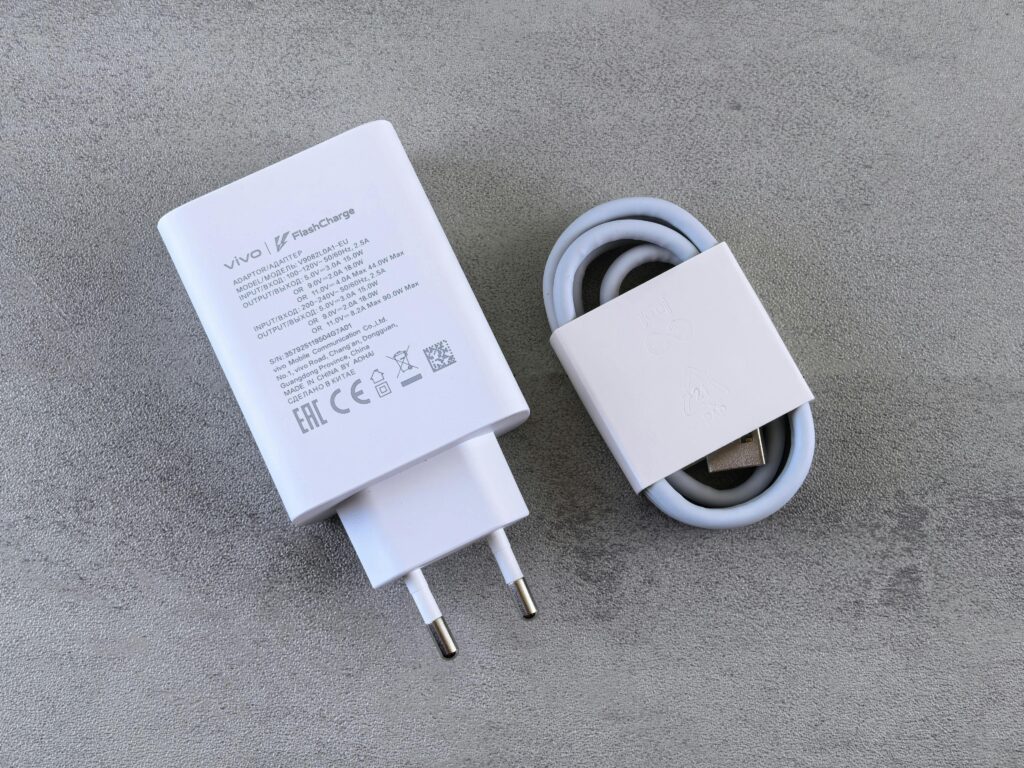
Choosing the Right Fast Charging Solution
Compatibility Assessment
Before purchasing any fast charging equipment, verify your Android device’s charging specifications. Check your phone’s manual or manufacturer website to understand supported charging protocols, maximum power input, and recommended accessories.
Device Compatibility Research:
-
- Manufacturer specifications and recommendations
-
- Maximum power input ratings
-
- Supported charging protocols (QC, PD, proprietary)
-
- Recommended cable specifications
-
- Warranty implications of third-party accessories
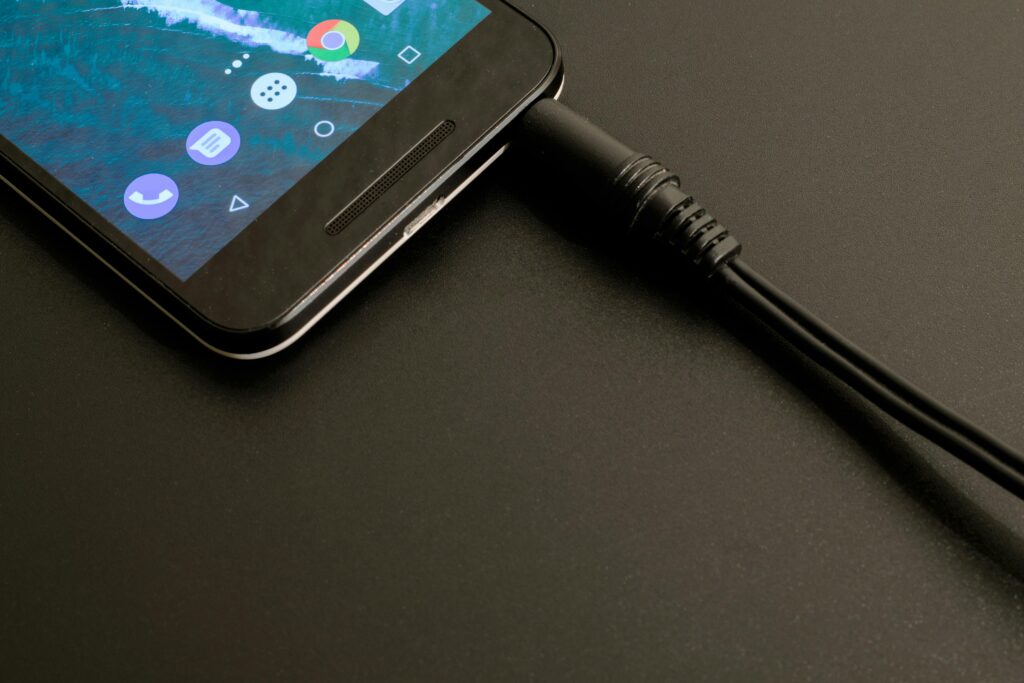
Common Android Device Charging Specifications:
-
- Samsung Galaxy S24: 25W fast charging, USB PD 3.0
-
- Google Pixel 8: 30W fast charging, USB PD PPS
-
- OnePlus 12: 80W SuperVOOC, proprietary protocol
-
- Xiaomi 14: 90W fast charging, proprietary protocol
-
- Motorola Edge: 68W TurboPower, USB PD compatible
Read More about Mag Safe Power Banks here.
Power Requirements
Different Android devices have varying power requirements. Flagship phones often support higher wattages, while budget devices may be limited to lower power inputs. Matching your charger to your device’s capabilities ensures optimal charging performance without overspending.
Power Matching Strategies:
-
- Match charger wattage to device maximum input
-
- Consider future device upgrades in charger selection
-
- Balance power capability with portability needs
-
- Account for efficiency losses in power calculations
-
- Factor in simultaneous device charging requirements
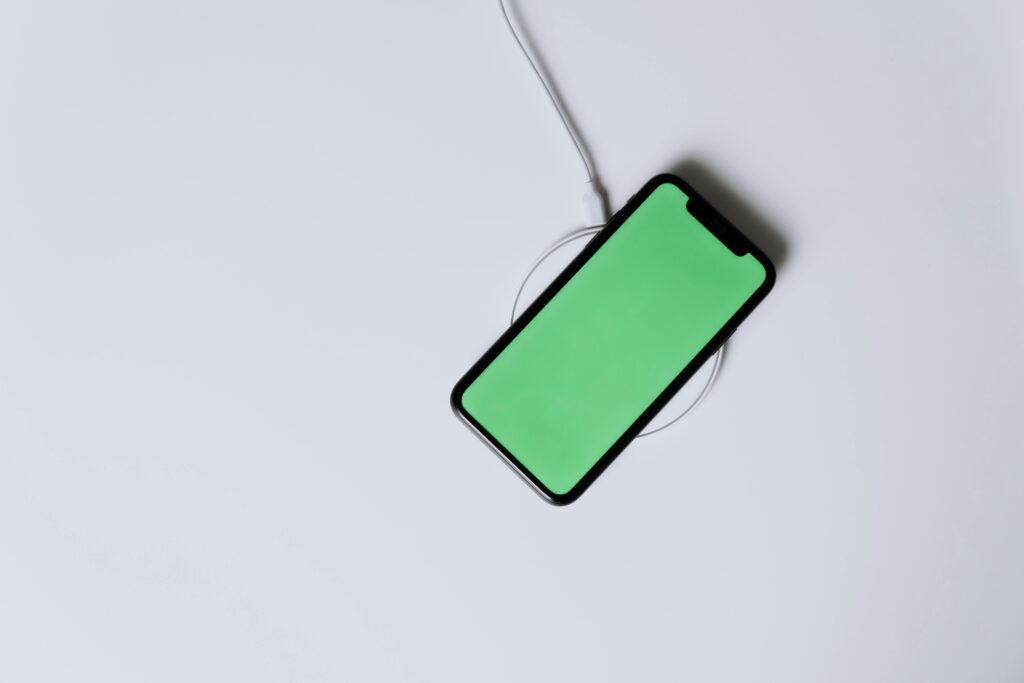
Multi-Device Considerations
If you own multiple devices, consider chargers and cables that support various charging standards. Universal compatibility reduces the number of accessories you need while ensuring consistent performance across all your devices.
Universal Charging Solutions:
-
- Multi-protocol support (QC, PD, proprietary)
-
- Multiple output ports with different specifications
-
- Adaptive charging that adjusts to device requirements
-
- Cable sets with various connector types
-
- Charging stations for multiple devices
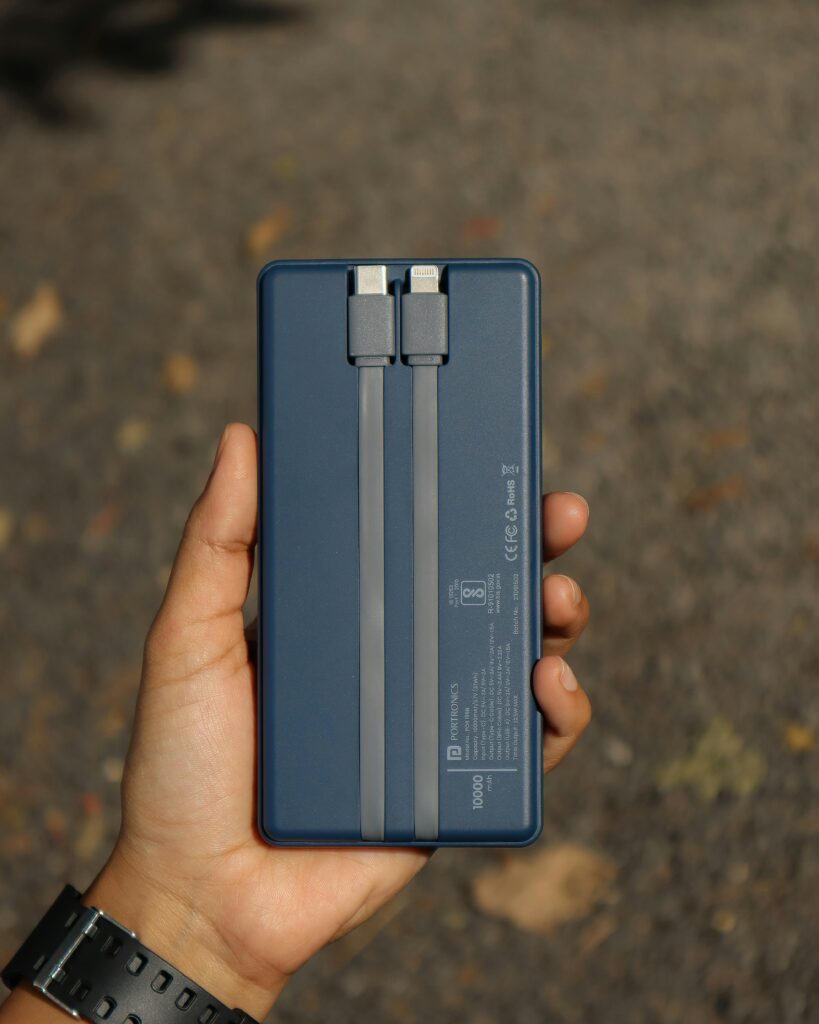
Advanced Fast Charging Technologies
Gallium Nitride (GaN) Chargers
GaN technology represents the next generation of fast charging, offering higher efficiency and smaller form factors. GaN chargers can deliver more power in compact packages while generating less heat than traditional silicon-based chargers.
GaN Charger Advantages:
-
- Higher power density (more watts per cubic inch)
-
- Improved energy efficiency (less heat generation)
-
- Faster switching speeds for better performance
-
- Smaller and lighter designs
-
- Lower electromagnetic interference
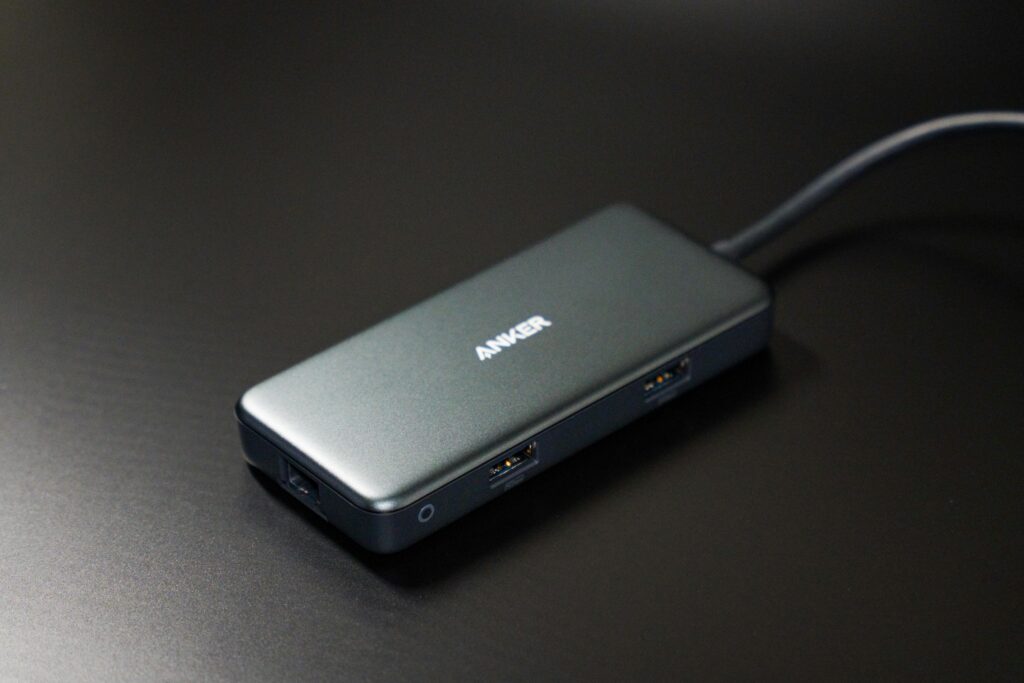
Wireless Fast Charging
While not covered in your original keyword list, wireless fast charging is becoming increasingly important for Android devices. Modern wireless chargers can deliver up to 15W of power, with some proprietary solutions reaching 50W or higher.
Wireless Charging Considerations:
-
- Qi compatibility and power levels
-
- Magnetic alignment systems (similar to MagSafe)
-
- Heat management in wireless charging
-
- Efficiency compared to wired charging
-
- Integration with car and home charging systems
Programmable Power Supply (PPS)
PPS is an advanced USB Power Delivery feature that allows chargers to provide variable voltage and current output. This technology enables more efficient charging and better battery health management.
PPS Benefits:
-
- Continuously variable voltage output
-
- Improved charging efficiency
-
- Better battery longevity
-
- Reduced heat generation
-
- Support for advanced charging algorithms
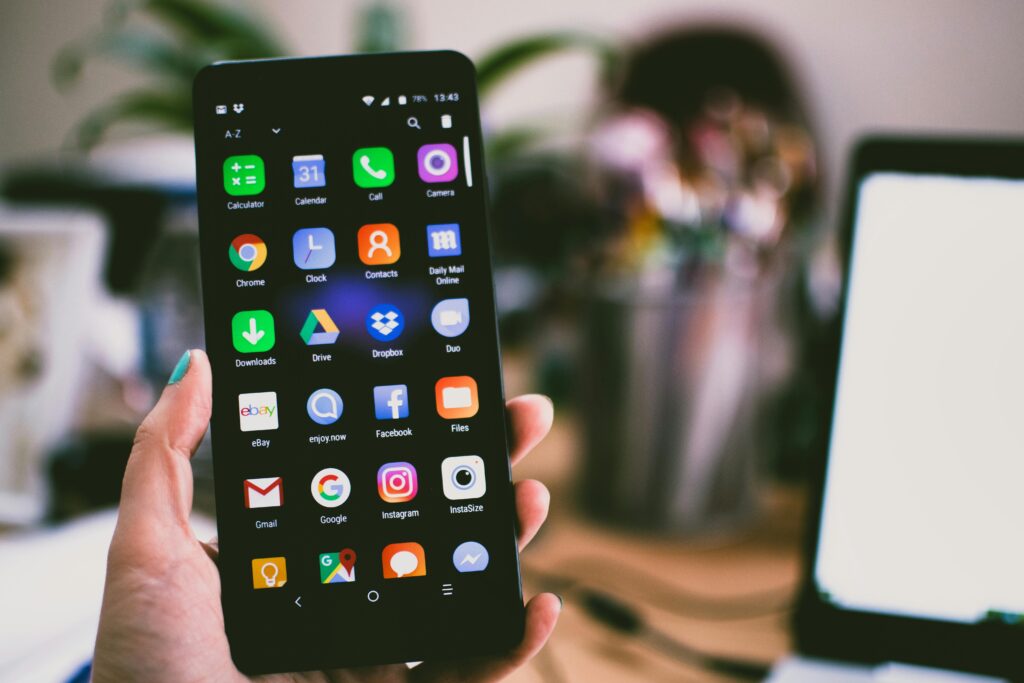
Safety and Battery Health Considerations
Heat Management
Fast charging generates heat, which can impact battery longevity if not properly managed. Quality chargers include temperature monitoring and throttling features that adjust charging speeds to maintain safe operating temperatures.
Temperature Management Strategies:
-
- Thermal throttling algorithms
-
- Heat dissipation materials in charger design
-
- Battery temperature monitoring
-
- Charging speed adjustment based on temperature
-
- Environmental condition considerations
Optimal Charging Temperatures:
-
- Ideal range: 20-25°C (68-77°F)
-
- Acceptable range: 0-35°C (32-95°F)
-
- Automatic throttling above 35°C
-
- Charging suspension above 45°C
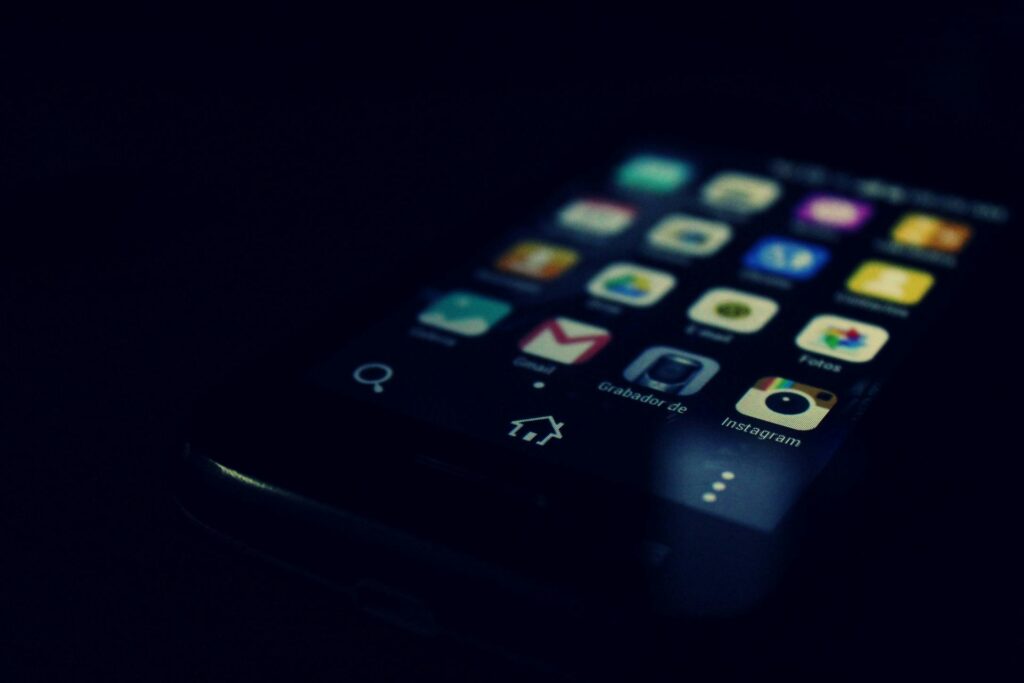
Charging Habits for Battery Longevity
While fast charging is convenient, alternating between fast and standard charging can help maintain battery health over time. Avoid charging in extremely hot environments and consider removing phone cases during fast charging sessions to improve heat dissipation.
Battery Health Best Practices:
-
- Avoid extreme temperatures during charging
-
- Don’t let battery fully discharge regularly
-
- Use original or certified charging accessories
-
- Monitor charging cycles and battery health
-
- Consider slower charging for overnight sessions
Battery Health Monitoring:
-
- Built-in battery health indicators
-
- Third-party battery analysis apps
-
- Charging cycle counting
-
- Capacity degradation tracking
-
- Temperature history monitoring
Recognizing Quality vs. Cheap Alternatives
Genuine fast charging accessories may cost more initially but provide better safety, reliability, and performance. Counterfeit or extremely cheap alternatives often lack proper safety features and may damage your device or pose safety risks.
Quality Indicators:
-
- Proper safety certifications
-
- Reputable manufacturer with warranty support
-
- Consistent performance across temperature ranges
-
- Durable construction and materials
-
- Positive user reviews and professional testing
Red Flags for Low-Quality Chargers:
-
- Significantly below-market pricing
-
- No safety certifications or documentation
-
- Poor build quality or loose connections
-
- Excessive heat generation during use
-
- Inconsistent charging performance
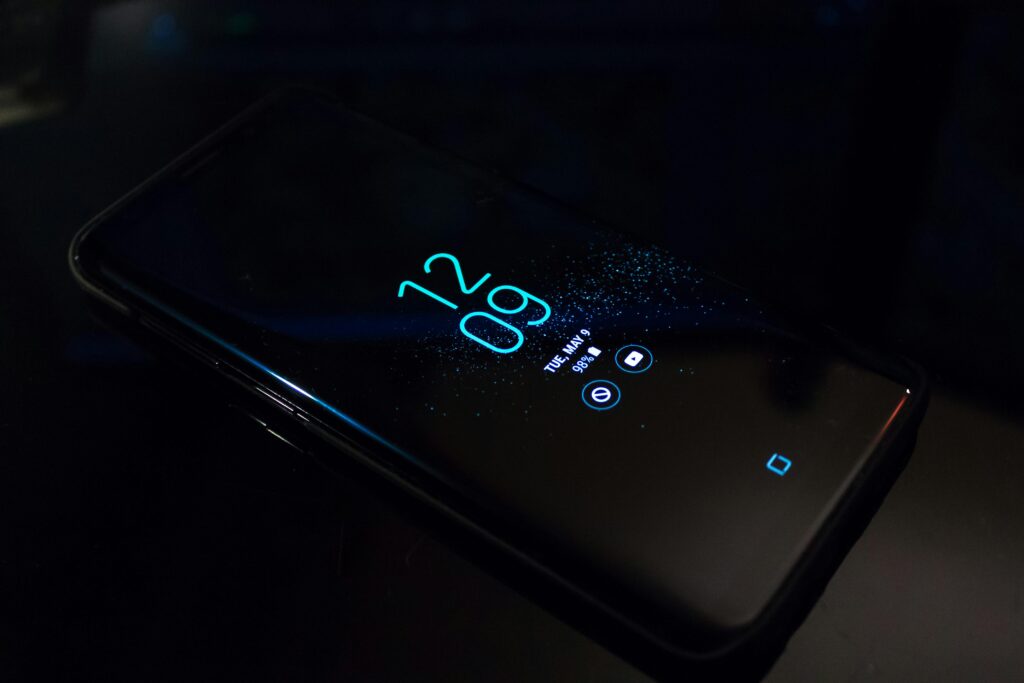
Troubleshooting Common Fast Charging Issues
Slow Charging Despite Fast Charger
If your device isn’t charging quickly despite using a fast charger, several factors could be causing the issue:
Common Causes and Solutions:
-
- Incompatible charging protocols: Verify charger supports your device’s fast charging standard
-
- Damaged cables: Replace worn or damaged cables
-
- Dirty charging ports: Clean ports with compressed air or soft brush
-
- Background app activity: Close unnecessary apps during charging
-
- High device temperature: Allow device to cool before charging
-
- Incorrect charger settings: Enable fast charging in device settings
Diagnostic Steps:
-
- Test with different cables and chargers
-
- Check device charging settings
-
- Monitor charging speed with apps
-
- Verify charger specifications
-
- Test in different environmental conditions
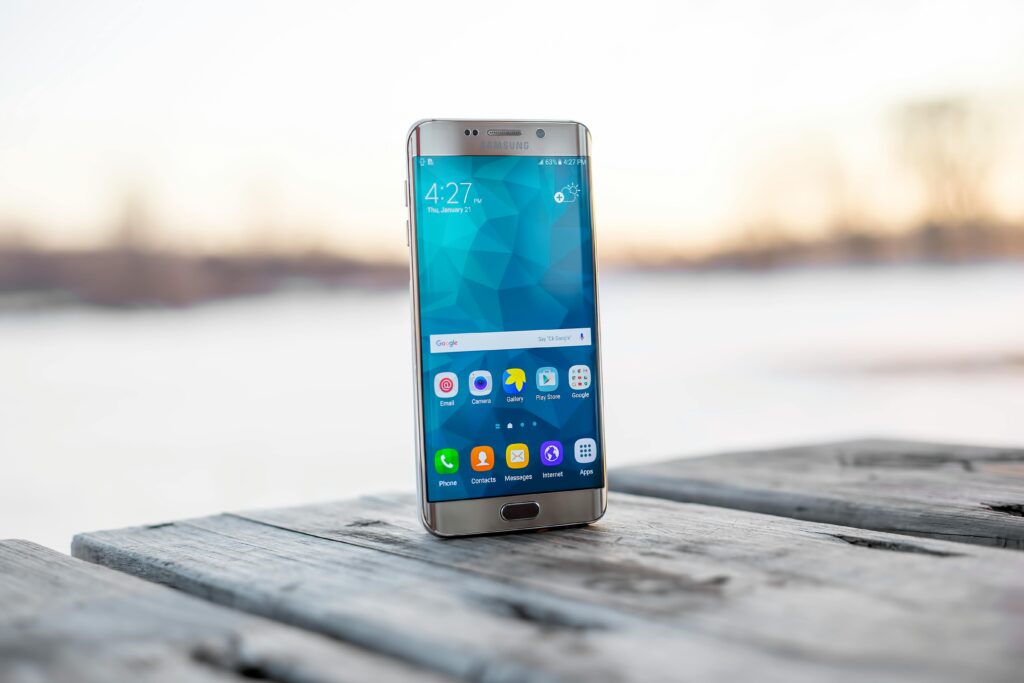
Inconsistent Charging Performance
Inconsistent charging often indicates hardware issues, environmental factors, or accessory problems:
Performance Inconsistency Causes:
-
- Cable degradation: Internal wire damage or connector wear
-
- Port contamination: Dust, lint, or corrosion in charging port
-
- Charger aging: Decreased efficiency over time
-
- Temperature fluctuations: Thermal throttling activation
-
- Power source variations: Inconsistent wall outlet power
Maintenance Solutions:
-
- Regular port cleaning with appropriate tools
-
- Cable replacement on schedule or when damaged
-
- Charger testing with multiple devices
-
- Environmental condition optimization
-
- Power source quality verification
Overheating During Charging
Excessive heat during charging may indicate safety issues or equipment problems:
Overheating Causes:
-
- Incompatible accessories: Wrong voltage or current specifications
-
- Environmental factors: High ambient temperature
-
- Device malfunction: Internal component issues
-
- Charging system failure: Faulty thermal management
-
- Blocked ventilation: Phone case or surface restrictions
Safety Responses:
-
- Immediately discontinue charging if excessive heat occurs
-
- Allow device to cool completely before resuming
-
- Check all accessories for proper specifications
-
- Ensure adequate ventilation during charging
-
- Consider professional device inspection if problem persists
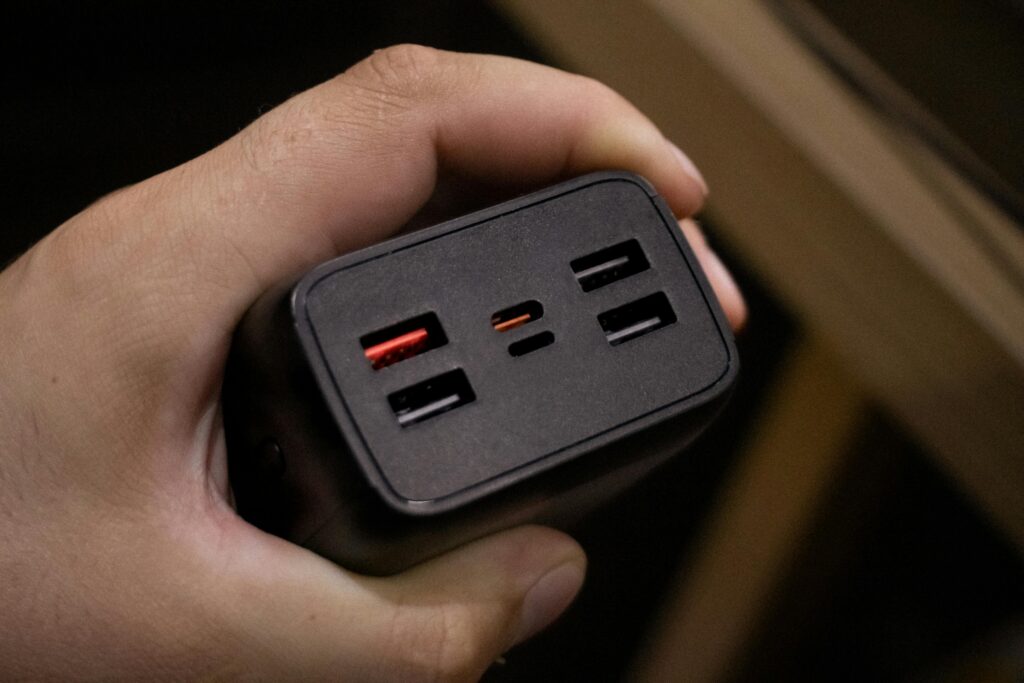
Future of Android Fast Charging
Emerging Technologies
The fast charging landscape continues evolving with new technologies promising even faster charging speeds and improved safety:
Next-Generation Charging Technologies:
-
- Solid-state batteries: Safer, faster charging with longer lifespan
-
- Graphene-enhanced batteries: Superior heat dissipation and charging speeds
-
- Advanced thermal management: AI-driven temperature optimization
-
- Wireless power transfer: Long-distance charging without physical contact
-
- Solar integration: Sustainable charging solutions
Industry Developments:
-
- Standardization efforts for universal fast charging
-
- Environmental regulations driving efficiency improvements
-
- Integration with renewable energy sources
-
- Smart grid compatibility for optimized charging
-
- Advanced safety systems and certifications
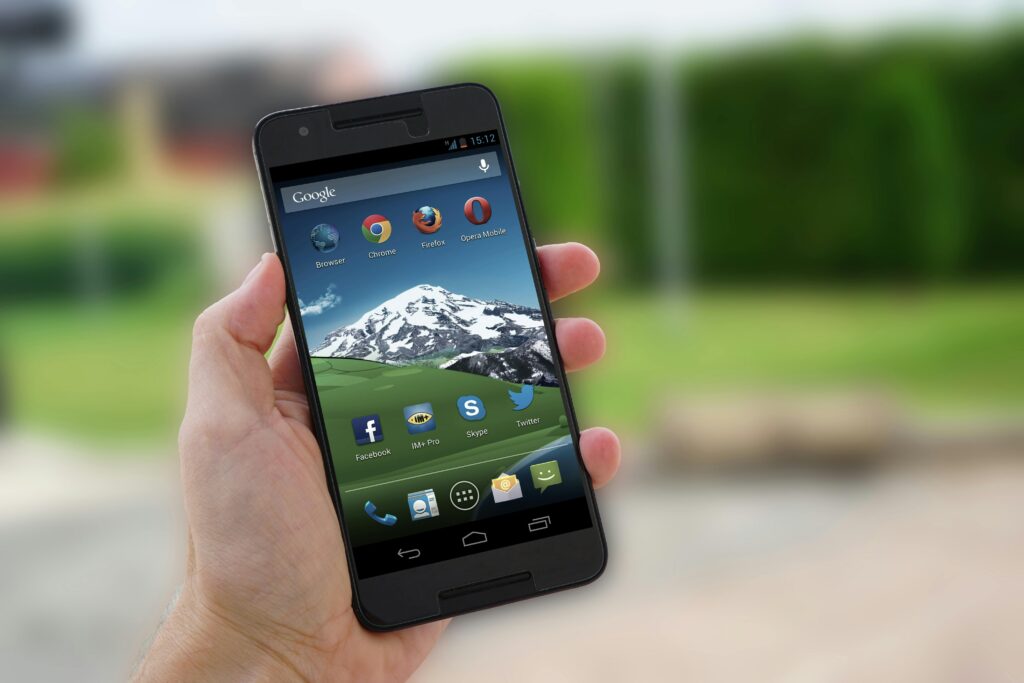
Wireless Fast Charging Evolution
Wireless charging technology is rapidly advancing, with some solutions now offering speeds comparable to wired fast charging:
Wireless Charging Advancements:
-
- Higher power wireless charging (50W+)
-
- Improved efficiency reducing energy waste
-
- Better foreign object detection systems
-
- Magnetic alignment for optimal positioning
-
- Integration with furniture and vehicle systems
Future Wireless Technologies:
-
- Resonant charging for greater distance
-
- Multiple device charging surfaces
-
- Automatic device identification and optimization
-
- Integration with smart home systems
-
- Automotive wireless charging standardization
Environmental Considerations
As fast charging becomes ubiquitous, manufacturers are focusing on energy efficiency and sustainable materials:
Sustainability Initiatives:
-
- Improved charger efficiency reducing energy waste
-
- Recyclable materials in charger construction
-
- Reduced packaging and shipping footprint
-
- Longer product lifespans reducing electronic waste
-
- Integration with renewable energy sources
Environmental Impact Reduction:
-
- Energy-efficient charging algorithms
-
- Sustainable manufacturing processes
-
- End-of-life recycling programs
-
- Carbon footprint reduction initiatives
-
- Circular economy principles in product design
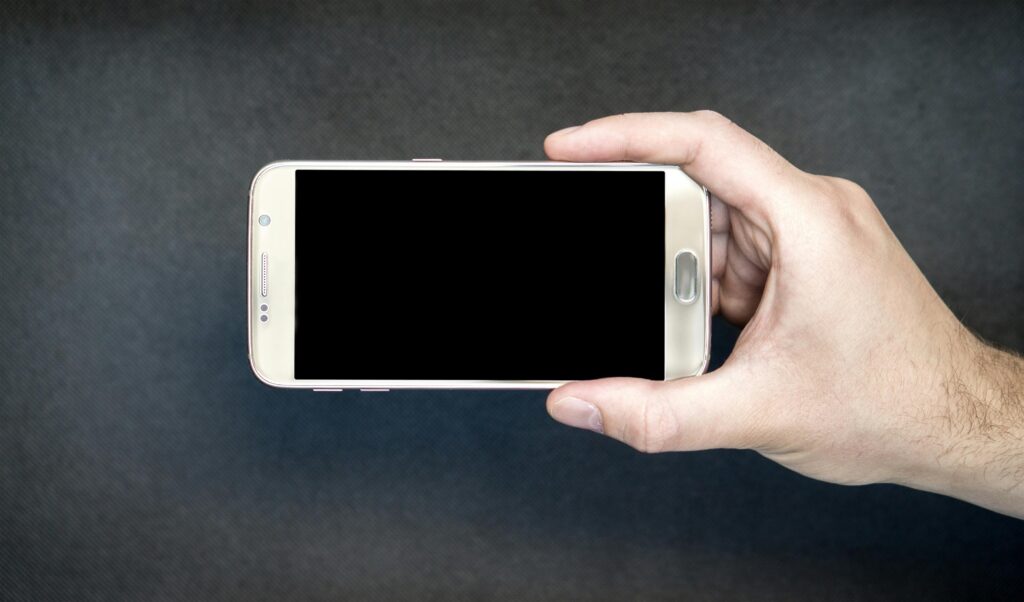
Conclusion and Final Recommendations
Selecting the right fast charger for android involves balancing speed, safety, compatibility, and value. Whether you need a fast charging cable for android, a super fast car charger for android, or want to explore fast charging app for android options, understanding your device’s capabilities and your specific needs ensures you make the best choice.
Key Takeaways:
-
- Verify device compatibility before purchasing charging accessories
-
- Invest in quality cables and chargers from reputable manufacturers
-
- Consider environmental factors and charging habits for optimal battery health
-
- Stay informed about emerging technologies and safety standards
-
- Balance charging speed with battery longevity considerations
Remember that the best fast charger cable for android is one that matches your device’s specifications while providing reliable, safe performance. The fast charging cord for android phone you choose should prioritize safety certifications, proper power delivery specifications, and durable construction. For automotive applications, a fast charger for android car should include appropriate safety features and thermal management.
Final Recommendations:
-
- Create a charging setup that includes quality wall chargers, cables, and car chargers
-
- Monitor your device’s battery health and charging performance regularly
-
- Stay updated on manufacturer recommendations and safety recalls
-
- Consider future device upgrades when investing in charging infrastructure
-
- Prioritize safety features and certifications over maximum charging speed
The fast charging cord for android ecosystem continues to evolve rapidly, with new technologies and standards emerging regularly. By staying informed and making thoughtful choices about your charging accessories, you can ensure optimal performance, safety, and longevity for your Android devices.
Whether you’re looking for a fast charging app for android to optimize your current setup or researching the latest fast charging cable for android technology, the key is understanding your specific needs and choosing accessories that meet proper safety and performance standards. With the right combination of knowledge and quality accessories, you can enjoy the convenience of fast charging while maintaining the long-term health of your Android device’s battery.
Target Keywords Used: fast charger for android, fast charging cable for android, fast charging cord for android, fast charger cord for android, fast charging cord for android phone, fast charging app for android, best fast charger cable for android, fast charger for android car, super fast car charger for android





